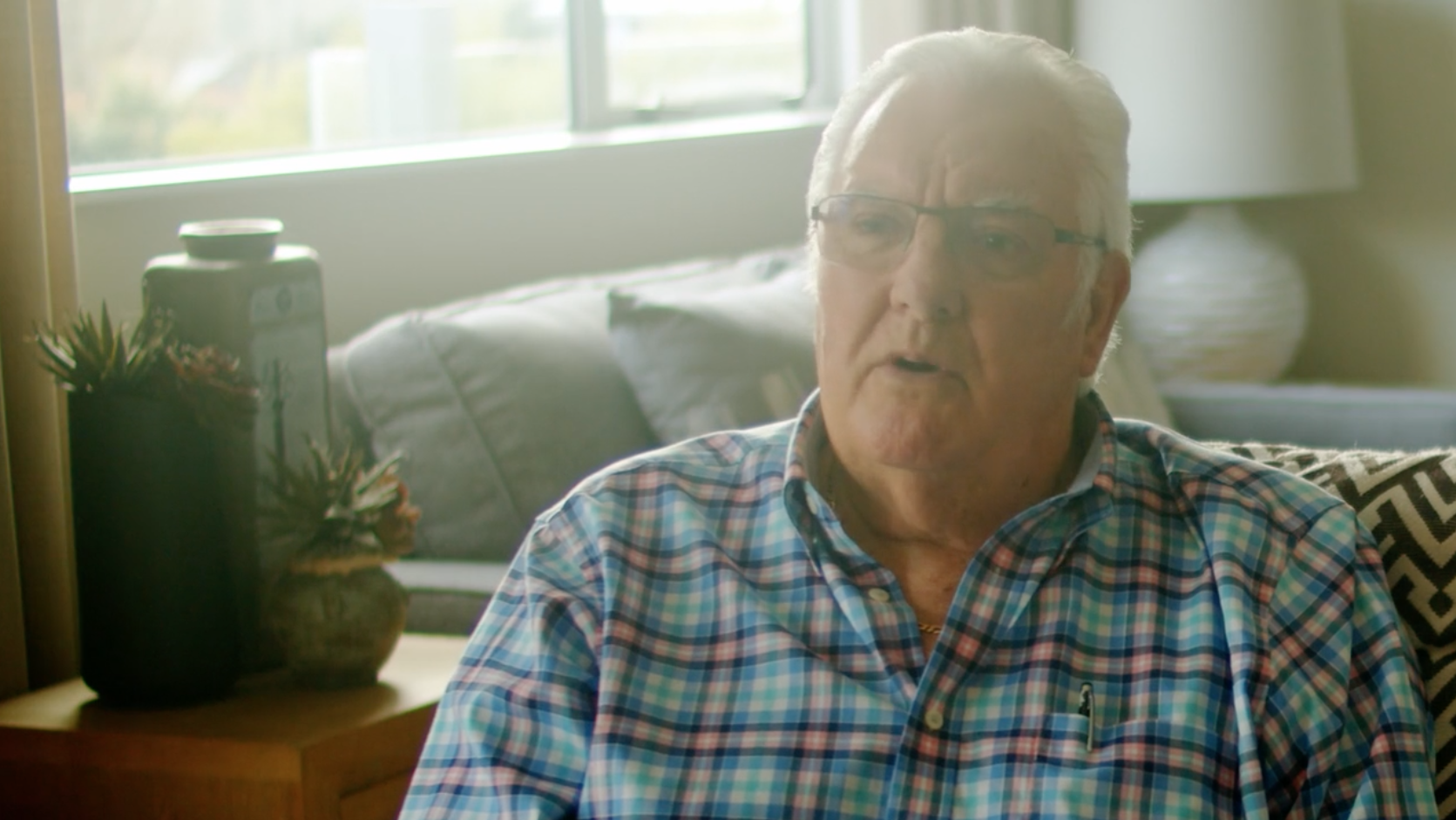Social life in a retirement village
Making new friends in a village
There’s no doubt that older people are vulnerable to loneliness and social isolation – Age Concern research, amongst others, show that very clearly.
Their vulnerabilities arise from the loss of a spouse, loss of mobility, loss of income, the children have moved away, or perhaps they’re all by themselves in a big house and everyone else in the street’s out at work.
This is important, not just because loneliness is painful, but because having inadequate social relationships has been shown to be as bad for health as smoking. British research suggests that lonely people are more vulnerable to chronic diseases, eat less well and give up on themselves, are more likely to be smokers, overweight or underweight though poor diets, drink heavily and are less likely to engage in physical activity.
Breaking the cycle of loneliness takes conscious effort. Break the cycle by making a plan – talk to your local barista or call someone rather than sending a text. Volunteering and hobbies are almost certain ways to make new friends. Pets offer a good antidote – it’s important to think beyond oneself.
These vulnerabilities often trigger a move to a village. It’s a great opportunity to make new friends in a community of like-minded people. Villages often have a vast array of new activities, events and entertainment designed to pique residents’ interests and encourage involvement.
But don’t take our word for it. Our residents Ross and Jan tell us it’s like people remember growing up in a time and place where you knew your neighbours, and lived next door to friends. Val and Ernie and Sheila and Norman all make the point that making new friends in a village was a very important reason for them to move. Watch them here:
“Everyone mixes like a large family. It is like a family.”

